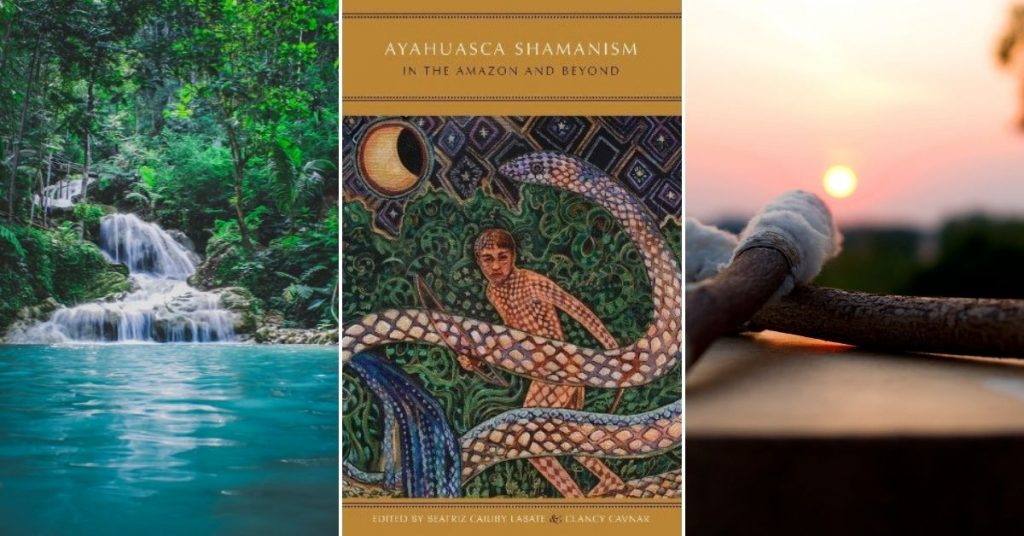A functional selectivity mechanism at the serotonin-2A GPCR involves ligand-dependent conformations of intracellular loop 2
Abstract
With recent progress in determination of G protein-coupled receptor (GPCR) structure with crystallography, a variety of other experimental approaches (e.g., NMR spectroscopy, fluorescent-based assays, mass spectrometry techniques) are also being used to characterize state-specific and ligand-specific conformational states. MD simulations offer a powerful complementary approach to elucidate the dynamic features associated with ligand-specific GPCR conformations. To shed light on the conformational elements and dynamics of the important aspect of GPCR functional selectivity, we carried out unbiased microsecond-length MD simulations of the human serotonin 2A receptor (5-HT2AR) in the absence of ligand and bound to four distinct serotonergic agonists. The 5-HT2AR is a suitable system to study the structural features involved in the ligand-dependent conformational heterogeneity of GPCRs because it is well-characterized experimentally and exhibits a strong agonist-specific phenotype in that some 5-HT2AR agonists induce LSD-like hallucinations, while others lack this psychoactive property entirely. Here we report evidence for structural and dynamic differences in 5-HT2AR interacting with such pharmacologically distinct ligands, hallucinogens, and nonhallucinogens obtained from all-atom MD simulations. Differential ligand binding contacts were identified for structurally similar hallucinogens and nonhallucinogens and found to correspond to different conformations in the intracellular loop 2 (ICL2). From the different ICL2 conformations, functional selective phenotypes are suggested through effects on dimerization and/or distinct direct interaction with effector proteins. The findings are presented in the context of currently proposed hallucinogenesis mechanisms, and ICL2 is proposed as a fine-tuning selective switch that can differentiates modes of 5-HT2AR activation.
Perez-Aguilar, J. M., Shan, J., LeVine, M. V., Khelashvili, G., & Weinstein, H. (2014). A functional selectivity mechanism at the serotonin-2A GPCR involves ligand-dependent conformations of intracellular loop 2. Journal of the American Chemical Society, 136(45), 16044-16054. https://dx.doi.org/10.1021/ja508394x
Link to full text


 Ayahuasca Shamanism in the Amazon and Beyond, edited by Beatriz Caiuby Labate & Clancy Cavnar, Oxford University Press, 2014.
Ayahuasca Shamanism in the Amazon and Beyond, edited by Beatriz Caiuby Labate & Clancy Cavnar, Oxford University Press, 2014.